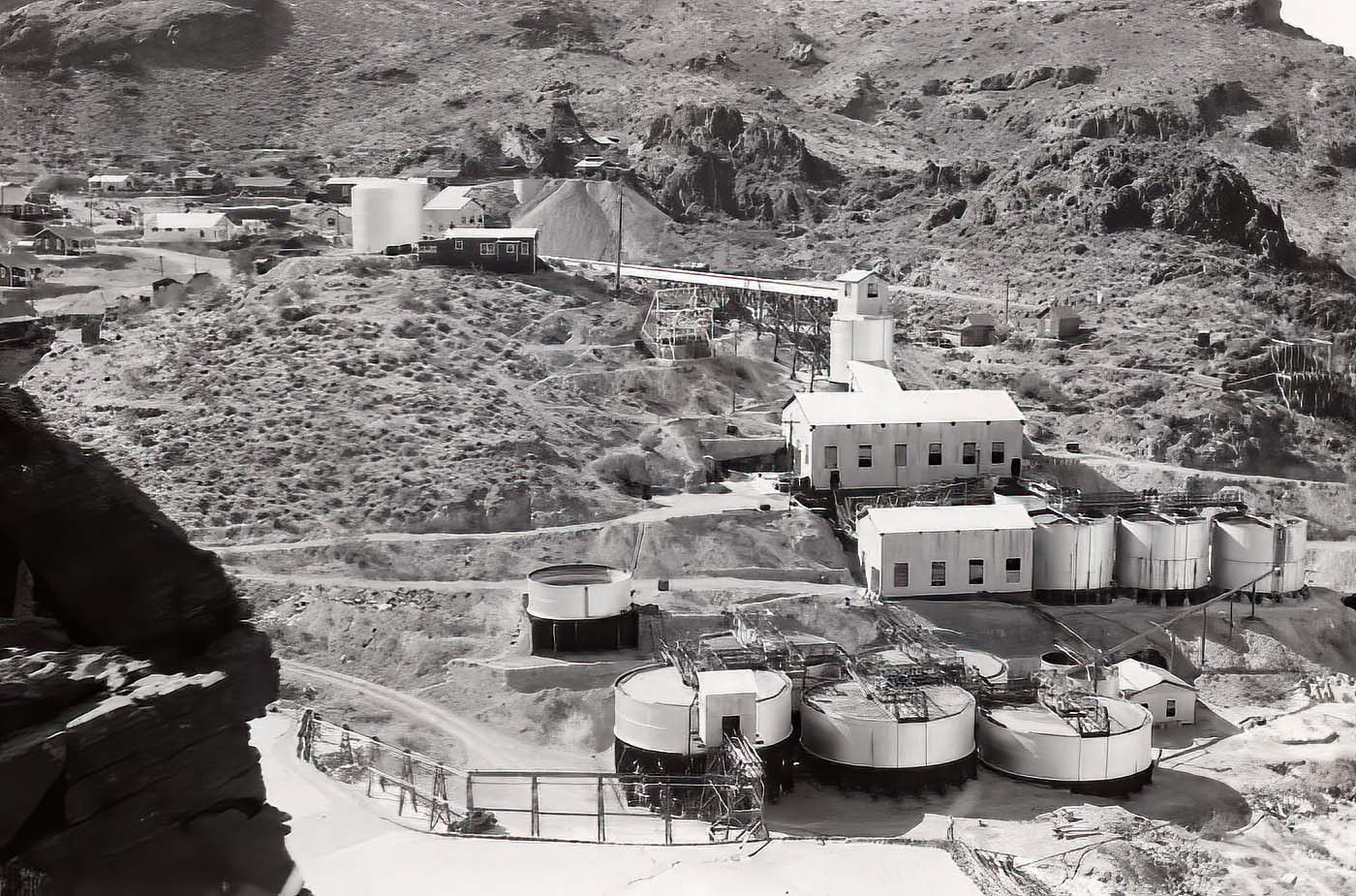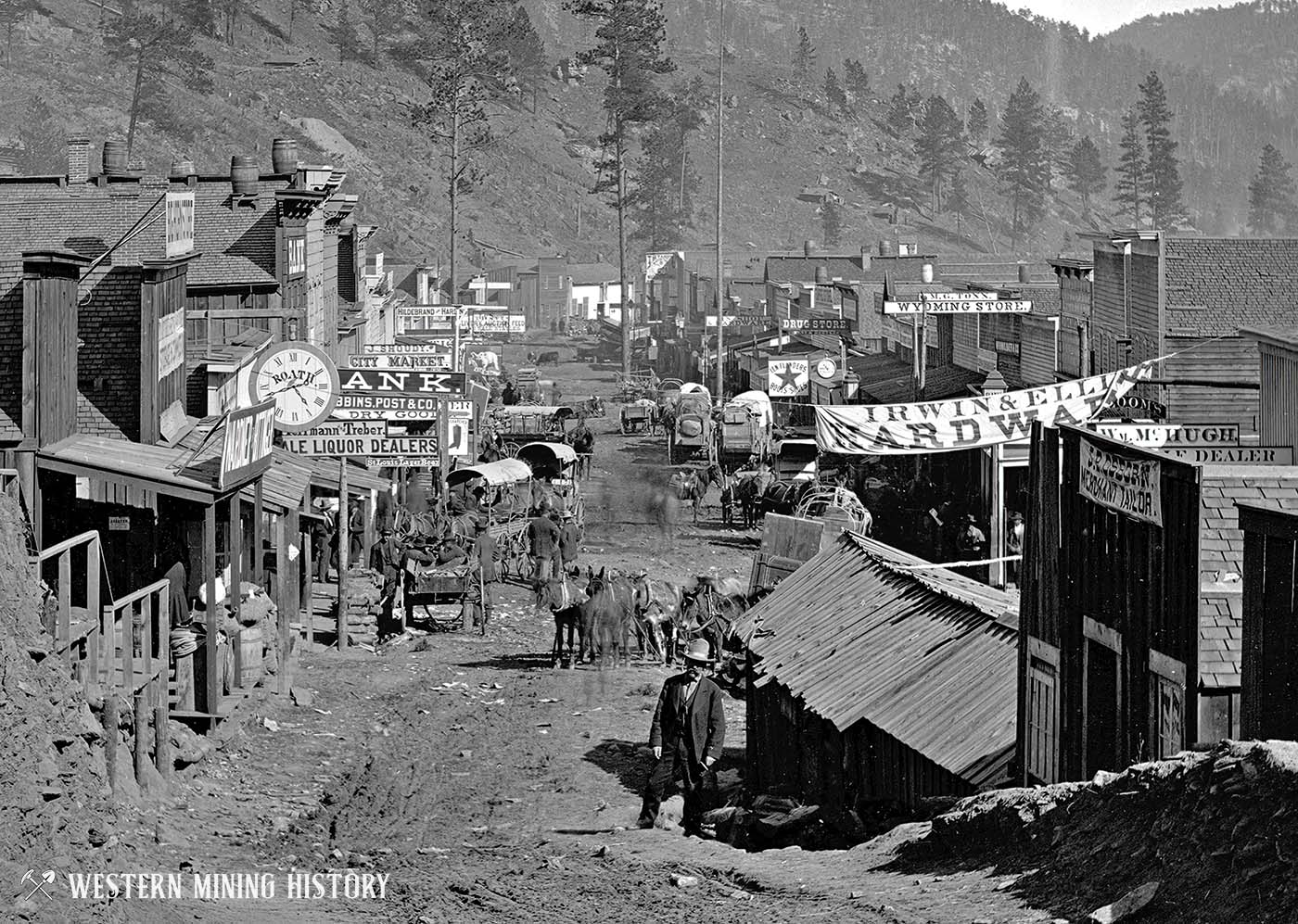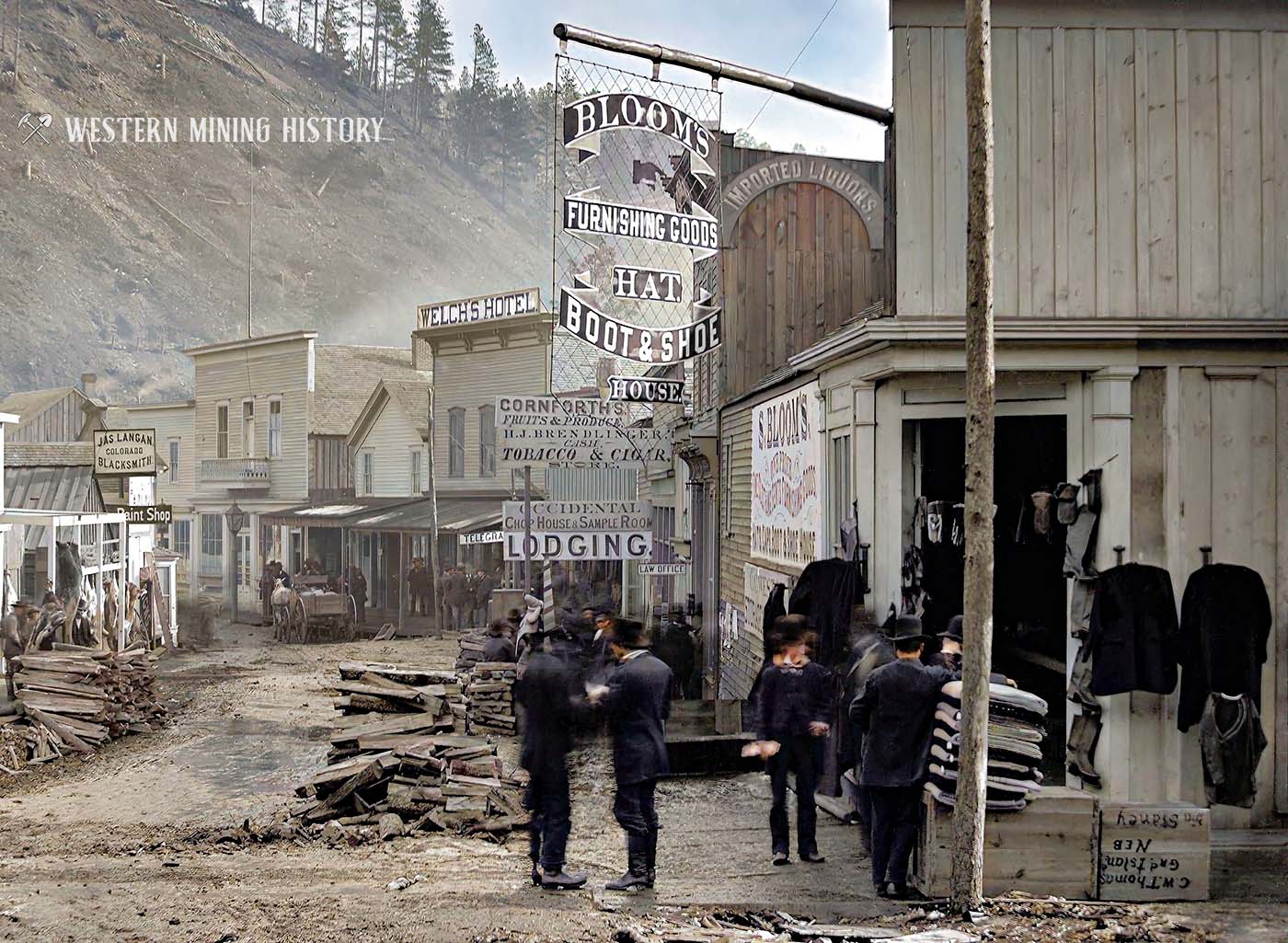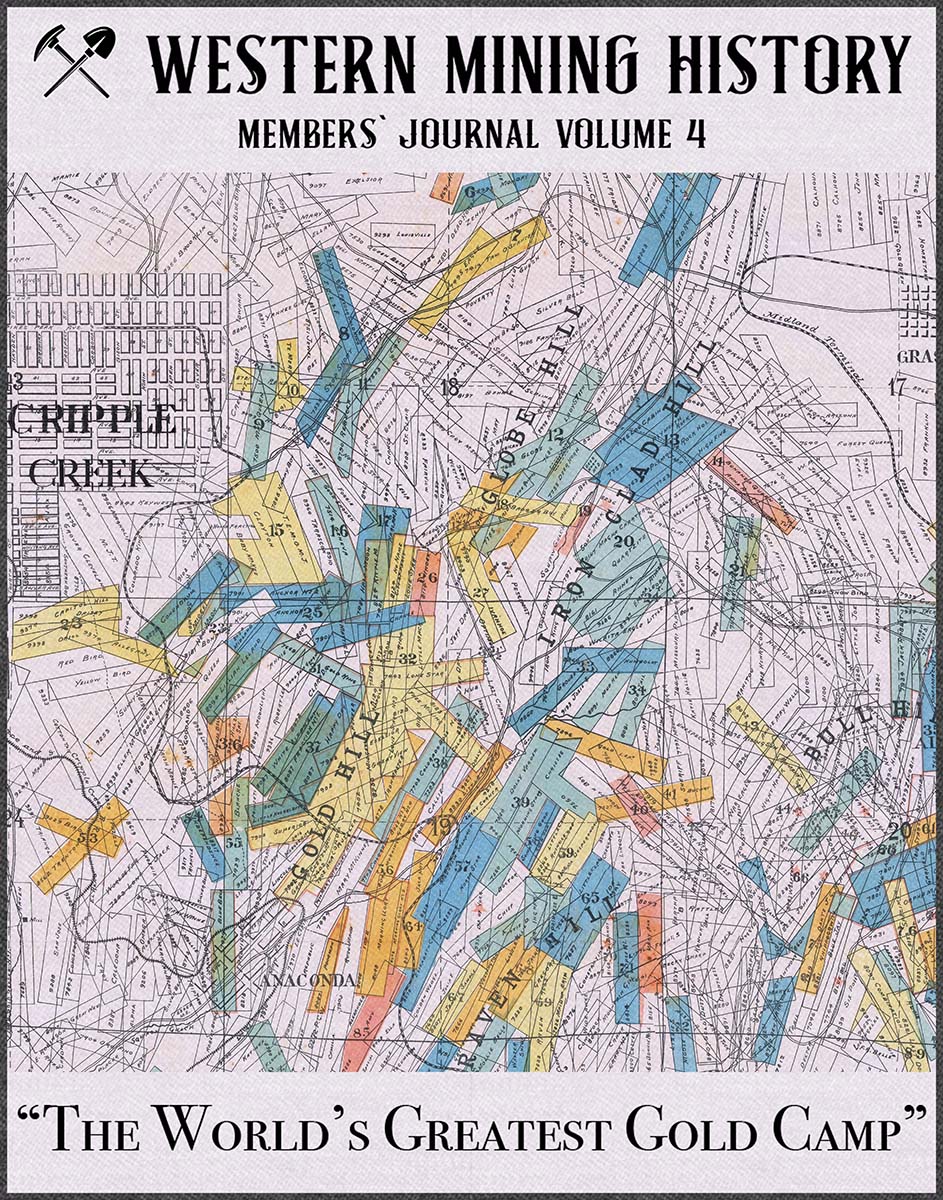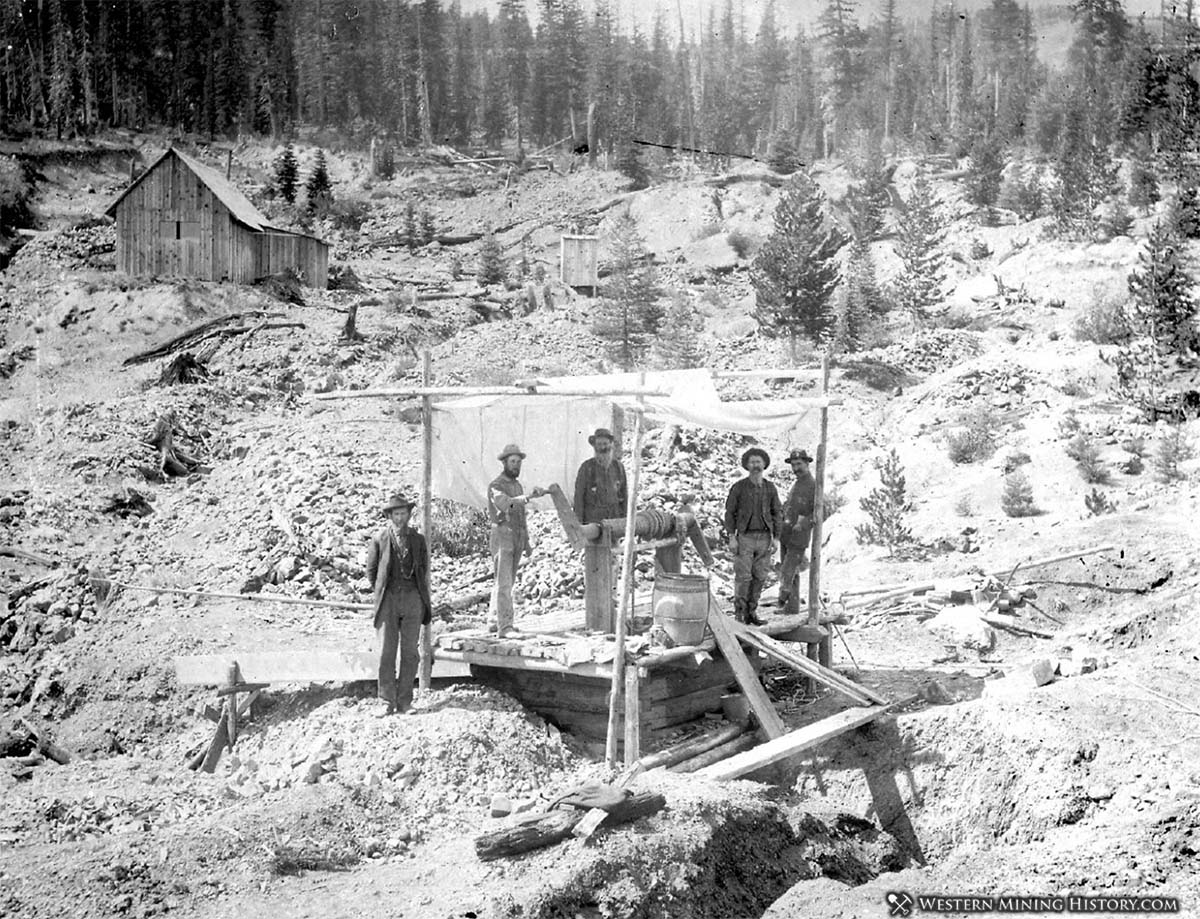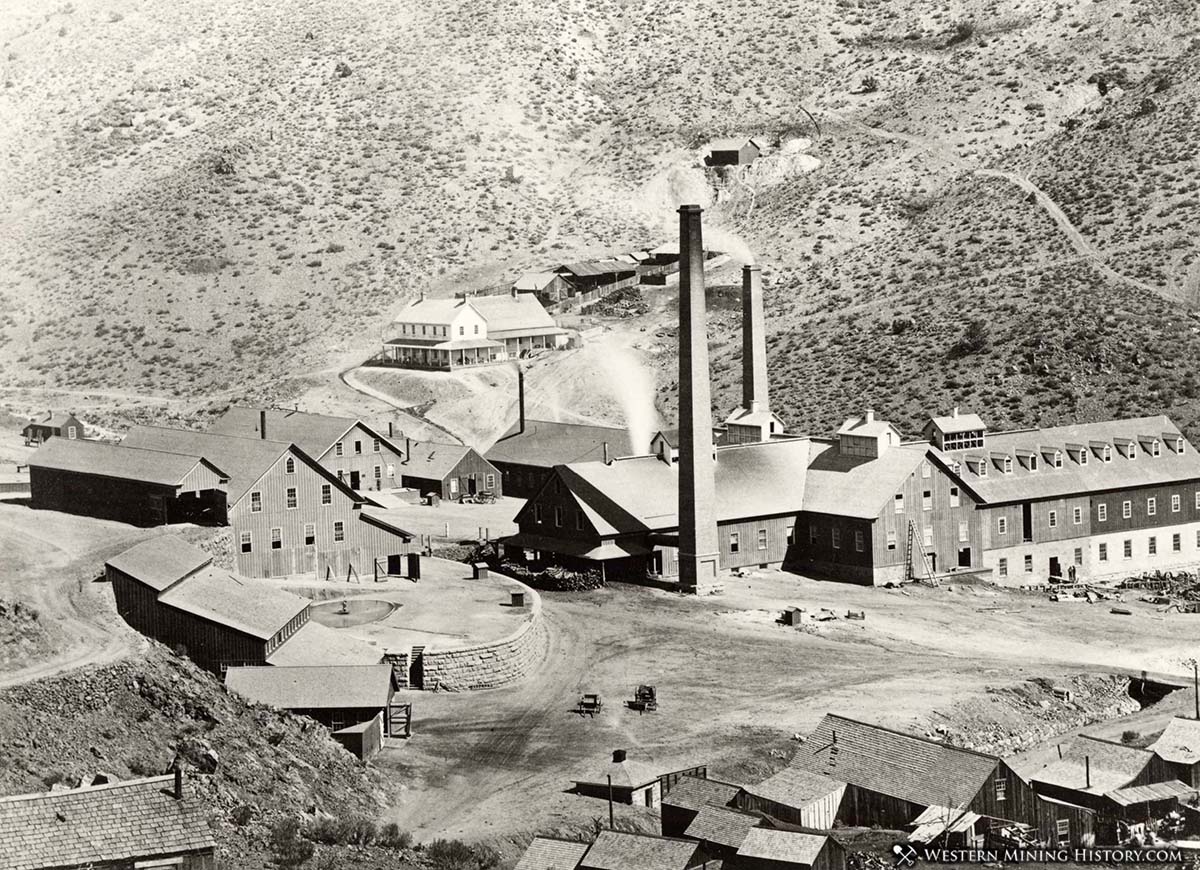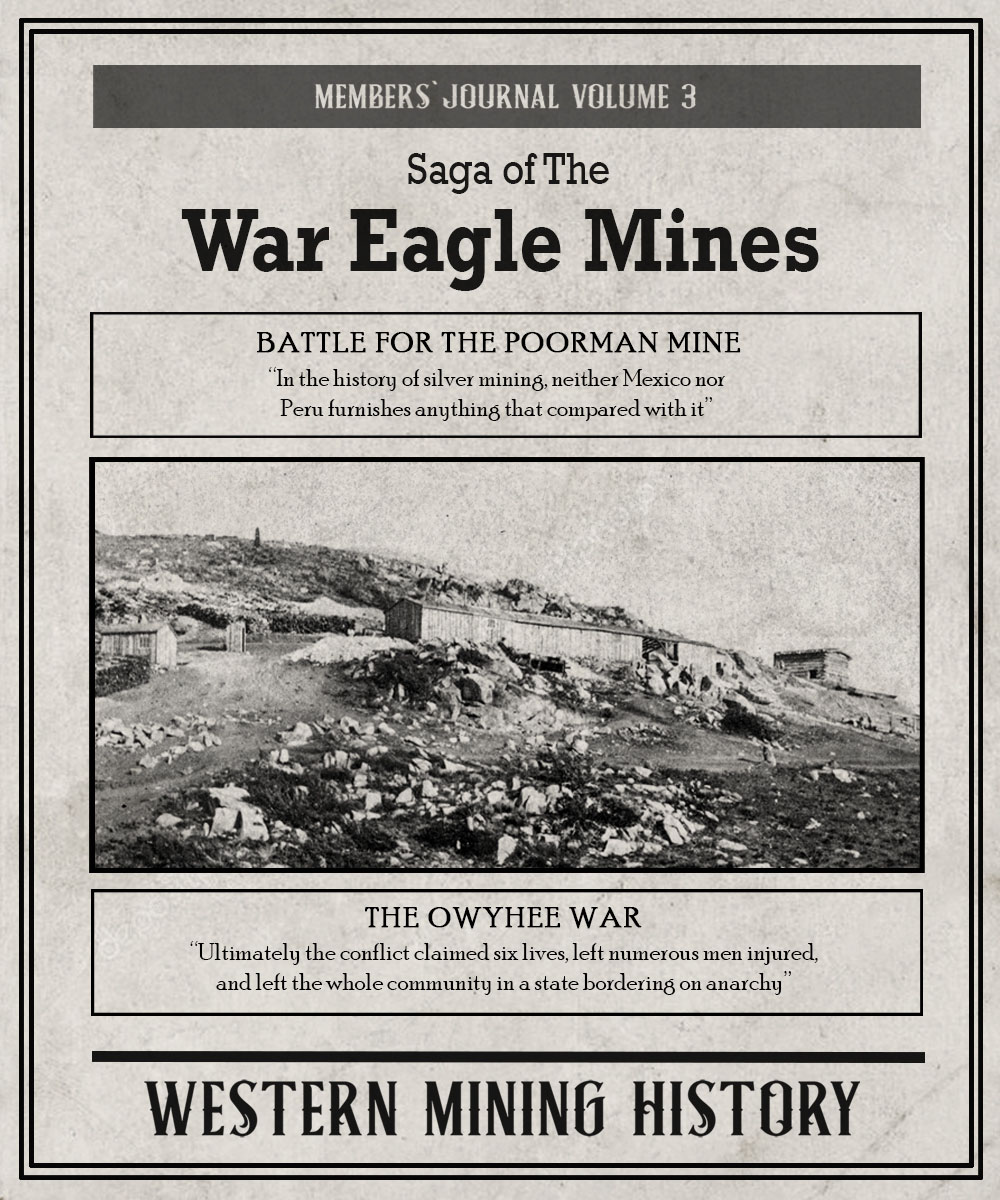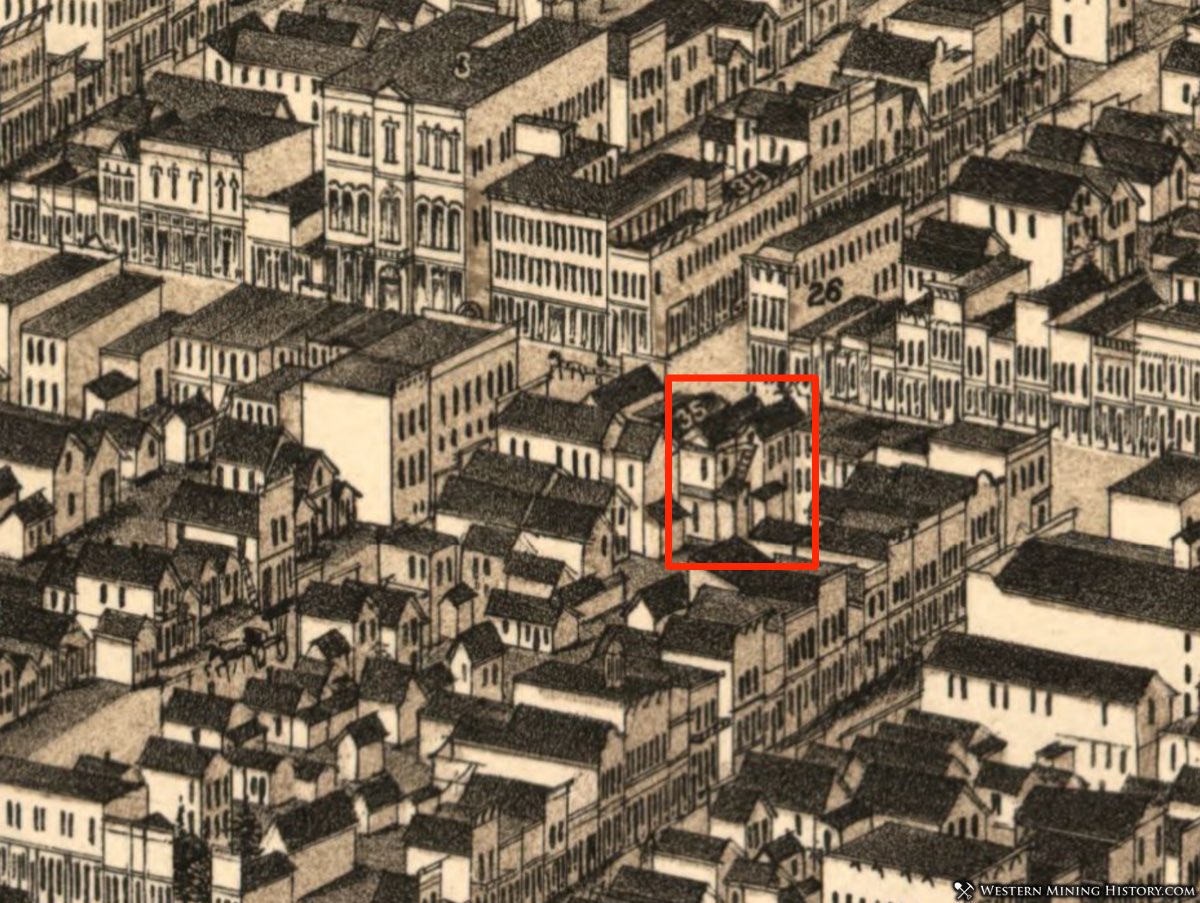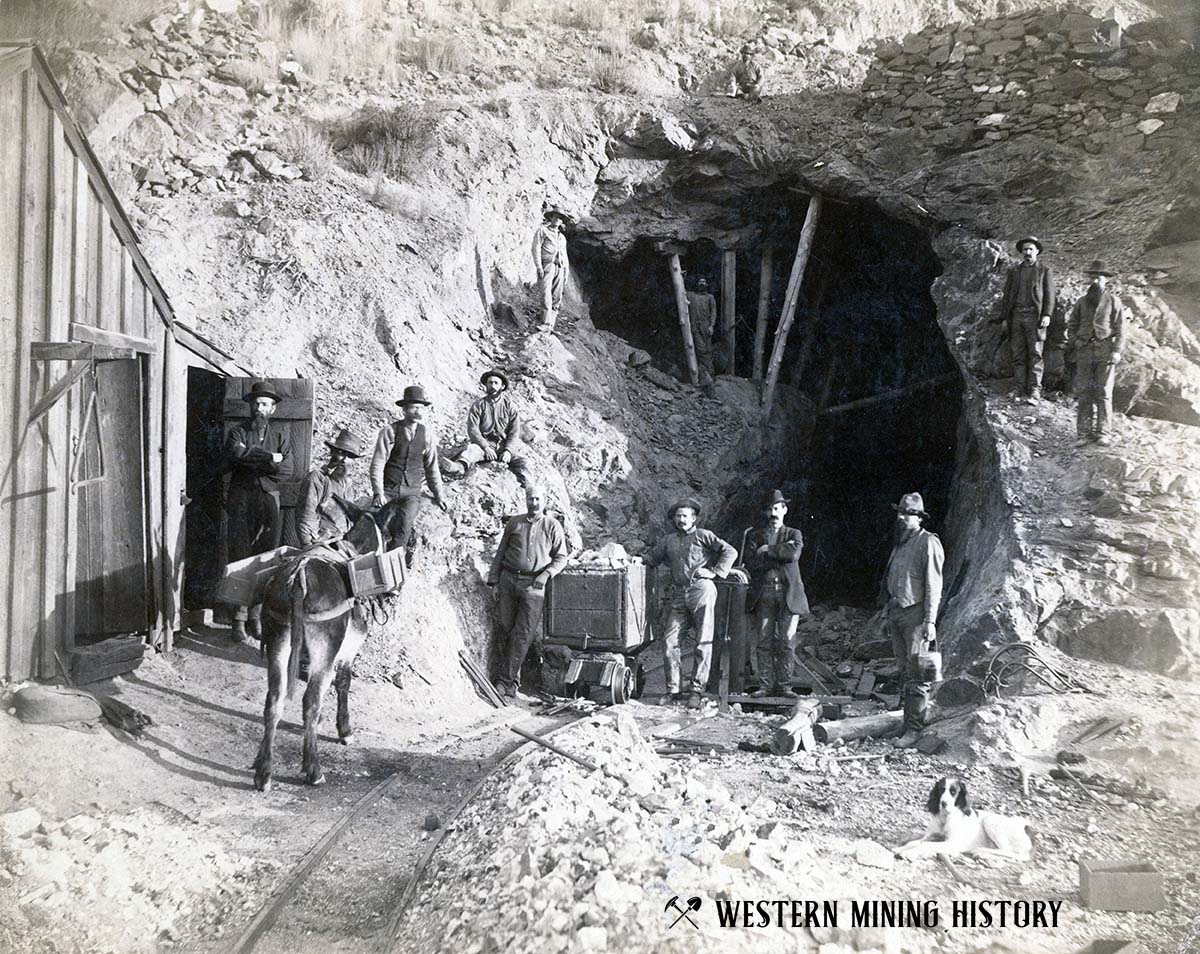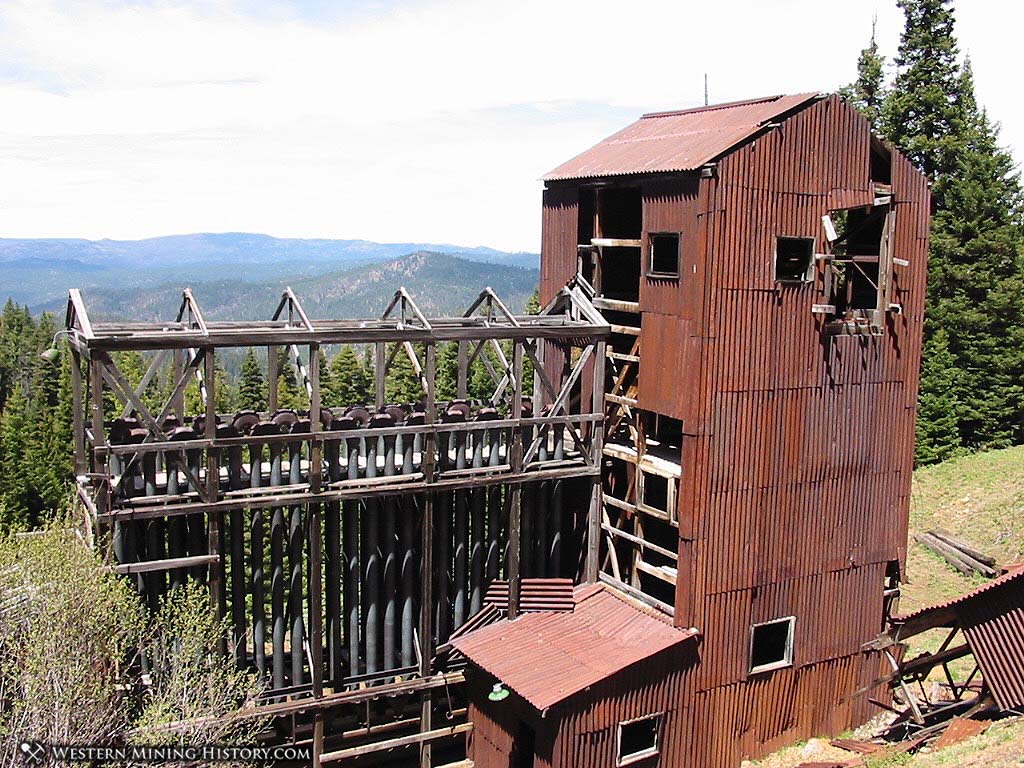 User Contributed Photos – 1930s Goldroad, Arizona
User Contributed Photos – 1930s Goldroad, Arizona
This collection of 1930s photos of the Goldroad Mine in Arizona was contributed by a family member of the man that once served as the superintendent of the Goldroad mill. The photos have been restored by Western Mining History.
